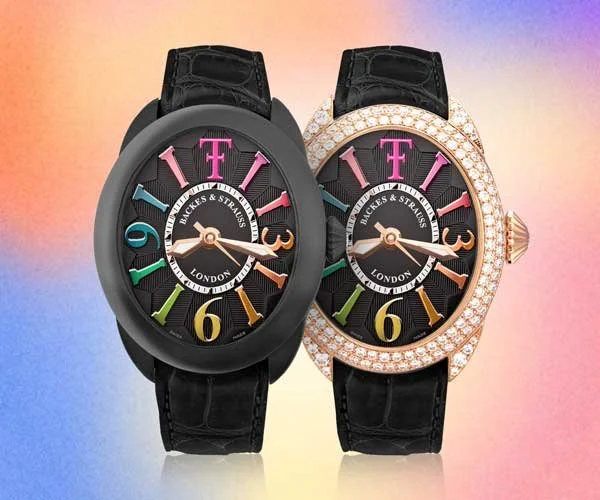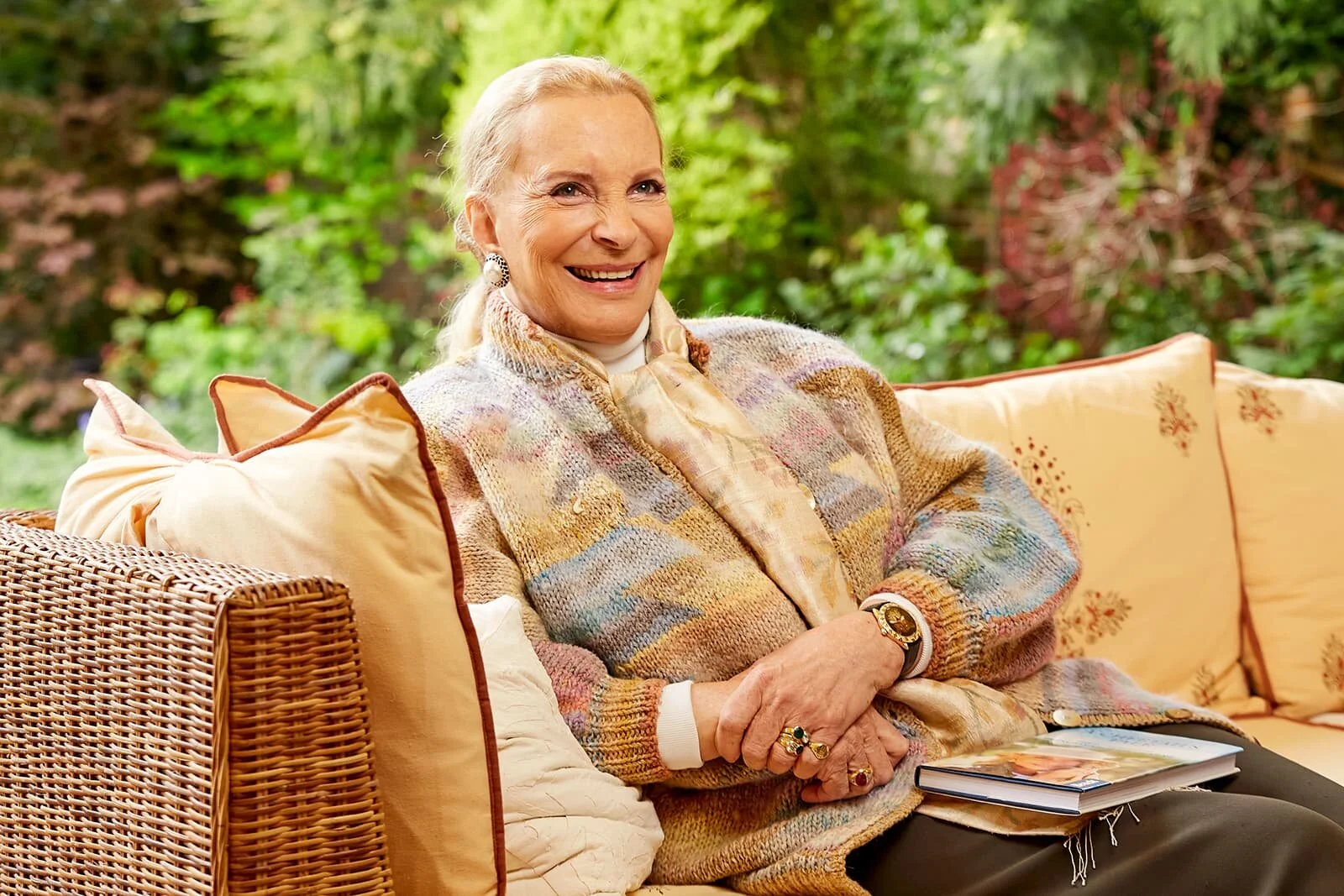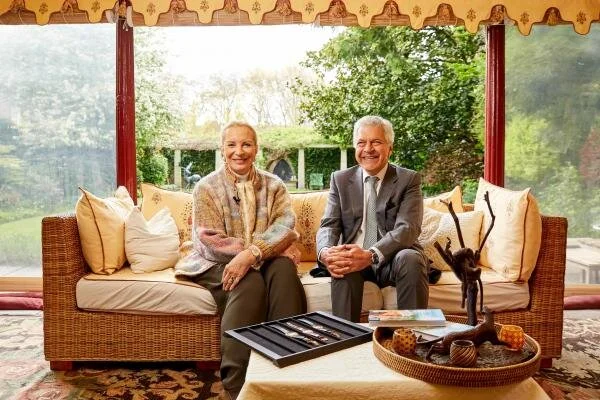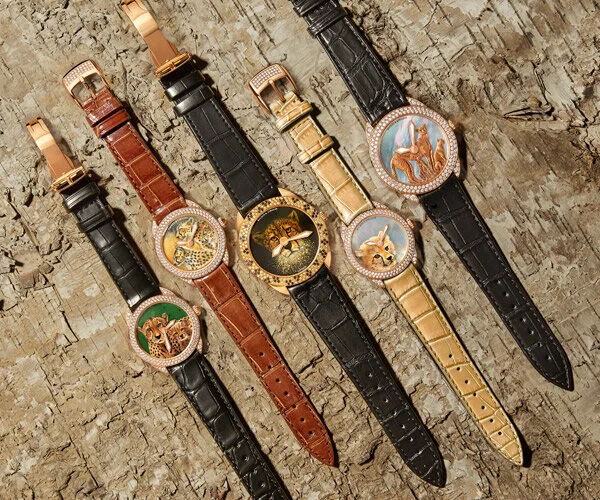The New York Times - Joy in Little-Known Watch Brands
As the hype around household names became overwhelming, some collectors turned to makers like Moritz Grossmann and Furlan Marri.
Times are changing for watch collectors — or rather, their tastes have been changing.
In the past few years — a period of soaring watch prices, pandemic-related supply shortages and an explosion of watch content on social media — the Big Four of Rolex, Patek Philippe, Audemars Piguet and Richard Mille dominated the market. And as demand grew, so did the length of their waiting lists.
Some collectors grew tired of the circus and have been turning to less prominent or what some call underappreciated brands.
“I started collecting watches in 2015,” said Masaharu Wada, co-founder of the Tokyo Watch Club and an editor and web producer at Hodinkee Japan. “At that time, I was working in the tech industry, and no one cared about watches. Then around 2018, 2019, people would ask me, ‘Hey, how do I get a Rolex?’”
But recently, he said, he has noticed that fellow watch club members are approaching their collections differently. “We’re more interested in the hidden gem kind of thing,” he said. “The vintage timepieces are also interesting.”
Here are three collectors who have their own takes on the situation.
Discretion Prevails
“I’ve always had a preference for dress watches,” said Robin Wong, 44, who lives in Singapore and started collecting in 2012. “As the saying goes, ‘You need a Rolex,’ and that was also part of my journey in the initial phase. But very soon — I think in the years 2014 to 2017 — I went towards lesser known or less appreciated pieces.”
A recent addition to his collection of about 20 watches, made in late 2022 at a watch shop in Singapore, was a 41-millimeter rose gold Moritz Grossmann Hamatic Ref. MG-002302. The company, he said, is “a relatively young revival brand from Germany.”
And as for the watch: “When I turned it to see the back, I thought, ‘This is a movement I’ve never seen before,’” he said, referring to its pendulum hammer.
Mr. Wong, who works in media technology, said he preferred what he called “non-hype” watches like his Jaeger-LeCoultre Reverso Tribute Nonantieme and Piaget Polo Skeleton because he dislikes having his timepieces recognized in public or on social media. “I would get comments such as, ‘Oh, you have a Daytona. Is that real or fake? Did you buy it at an authorized dealer? Can you help me get one?’” he said. “If I wear a JLC, nobody asks me that.”
Watches have always had a deep meaning for Mr. Wong. His father, who died when he was 14, also loved them and gave him an automatic Seiko when he was 10. “I asked if I needed to change the battery, but he explained to me why it’s better to have an automatic or a mechanical watch,” he said.
Mr. Wong said friends who are just beginning their collections often ask him for advice. “I always say, ‘Buy what you can afford and what you enjoy.’”
A watch from Backes & Strauss that is also part of Ms. Nishimura’s collection. Credit Noriko Hayashi for The New York Times
Independent Love
A few years ago, business pressures prompted Saori Nishimura, 42, to downsize her collection of about 30 timepieces to a more select group of about 10. But the Tokyo-based collector kept the focus on independent watchmakers.
“From an artistic point of view,” she said in an interview at a cafe in the Ginza district, “I fell in love with the works of art by watchmakers and started a watch business, but cut back on the business and collection along the way.”
In 2015 she established Stella Polare, which sold the work of independent watchmakers — and she met more than 40 of them in her travels around the world. The visits, she said, changed her perspective, and she decided that she wanted “to understand the watchmakers’ feelings and their thinking.”
She closed the business in 2021, and reduced the size of her collection. But one piece she still cherishes is the Real Moon Stella Nebula, a watch created for her former company by the independent Dutch brand Christiaan van der Klaauw. It was made of the iridescent gemstone ammolite, the fossilized shells of ancient mollusks called ammonites, and it has a three-dimensional moon phase at 6 o’clock, set with black and white diamonds.
For everyday wear, she has an Orion Lady Stardust watch, also by Christiaan van der Klaauw. The midnight blue dial looks like it was sprinkled with stardust, an effect created with aventurine, a form of quartz. And the case is pavéd with diamonds.
Ms. Nishimura noted that she could always determine the time on her phone or just any watch. “But an independent watchmaker’s watch isn’t just about the time,” she said. “Those watches tell me more important things, and that’s why I love them. For example, the materials that were used, those tiny parts that were put together by hand, they’re very artistic yet very precise.
“What the watchmaker is thinking and feeling, all those things fit in the small world of a watch.”
A Change in Taste
As his youth was spent in Geneva, Homer Narvaez, a Tokyo-based watchmaker and collector, grew up surrounded by watches. “My mom gave me watches as a gift because she traveled all the time for her work,” he said during an interview at his home office. “And that’s what got me into watches.”
Initially, his collection had a lot of secondhand watches, including some Rolex. “I really admired Rolex,” said Mr. Narvaez, 32, “because of the fact that, growing up in Geneva, I saw a lot of projects being funded by Rolex in the form of foundation grants, donations.”
But in 2018 and 2019, he said, he realized that the watch universe was changing: “The non-watch people also started getting into it and sort of turned it into a kind of investment scheme.”
For Mr. Narvaez, who founded the Tokyo Watch Club with Mr. Wada, that was when things became uncomfortable. “When these watches went way beyond their intrinsic value, that’s when I told myself, things are going crazy, I don’t want to be part of this,” he said. “And I don’t want to play this game with the dealers. It’s not a nice feeling to have.”
When pandemic lockdowns in 2020 and 2021 prompted some people to begin buying watches online with investment in mind, he looked for alternatives.
“During the pandemic, a lot of interesting brands started coming up like Furlan Marri,” he said. The brand’s watches are designed in Geneva, using components from mostly Hong Kong and Japan and straps and accessories from Italy and France.
He displayed the brand’s Havana Salmon 1031-A model, named for its salmon-color dial. “That’s an example of watches that became popular with enthusiasts” during the lockdowns, he said, calling it “a homage to vintage Patek chronographs.”
Some of his favorite watches include the 39-millimeter Racer Jumping Hour GMT from the Russian maker Anton Suhanov and the 40-millimeter CB01 Automatic from Cedric Bellon, a French watchmaker who used 100 percent recycled steel and repurposed movements.
“I am still figuring out my own collecting philosophy,” he said, “and my tastes have drastically changed from when I started. These days I’m leaning towards downsizing to three extremely well-made watches versus a dozen or so good watches.”
His reflections also led him to design his own watch, the Narvaez 817, which he is working on with the Swiss watchmakers Kari Voutilainen and Jean-François Mojon. “It’s my take on timeless beauty,” Mr. Narvaez said, adding that he planned to introduce it this year.
“I think we have to see watches as art, to keep the value and to sustain that interest in watches,” he said. “Sometimes you go to a gallery and you speak with the artist and you ask, how did you make this? It’s such a nice conversation, and I think we should have that with watches as well.”
































